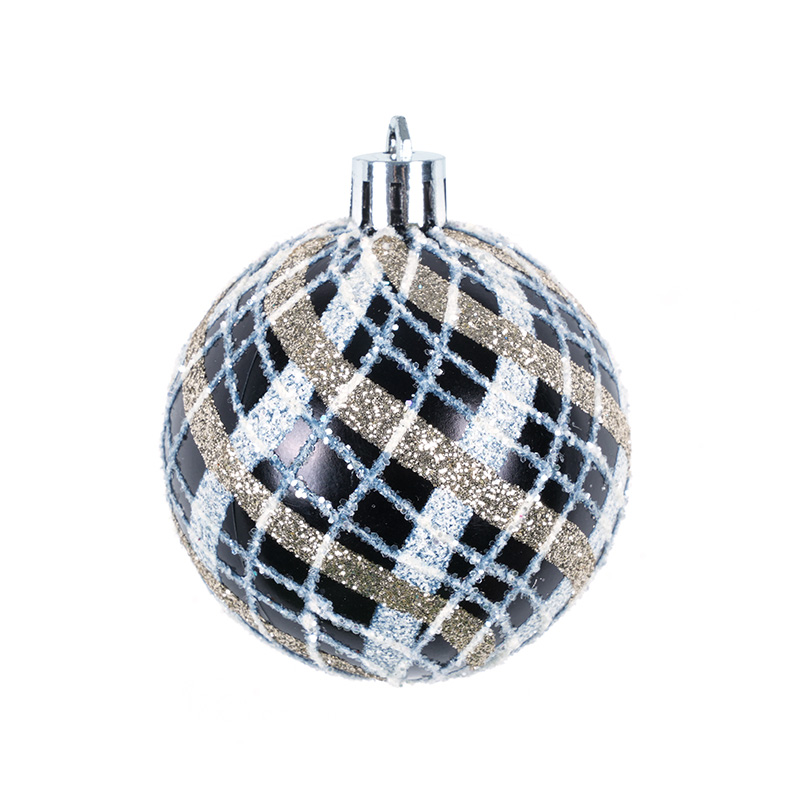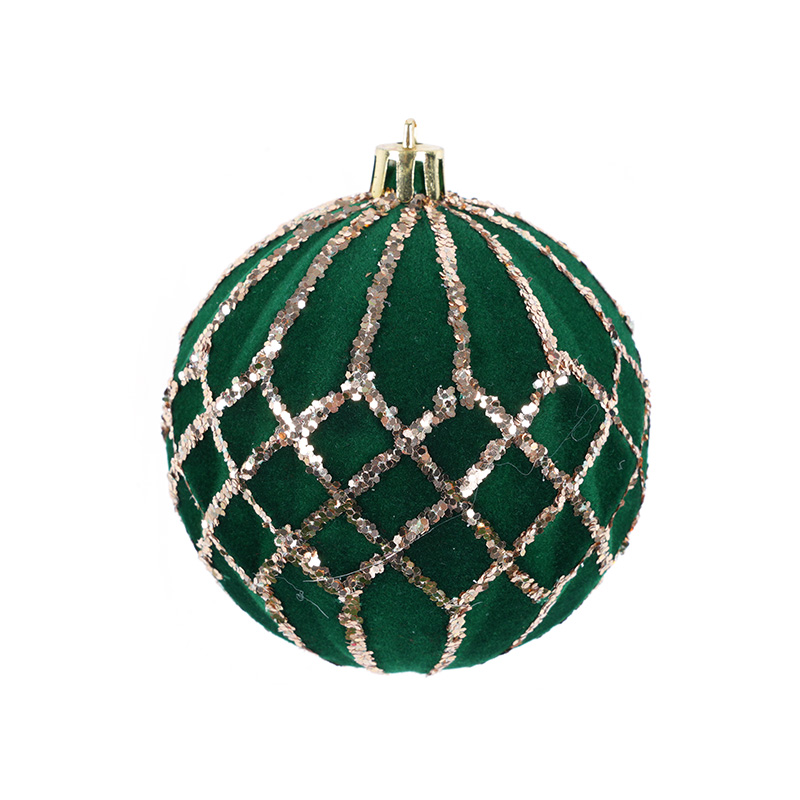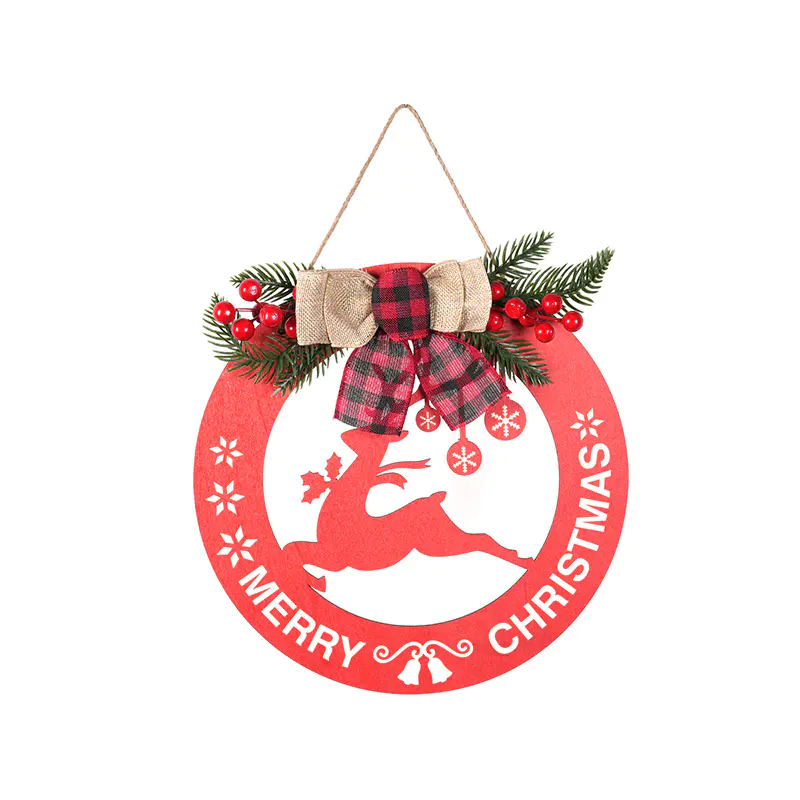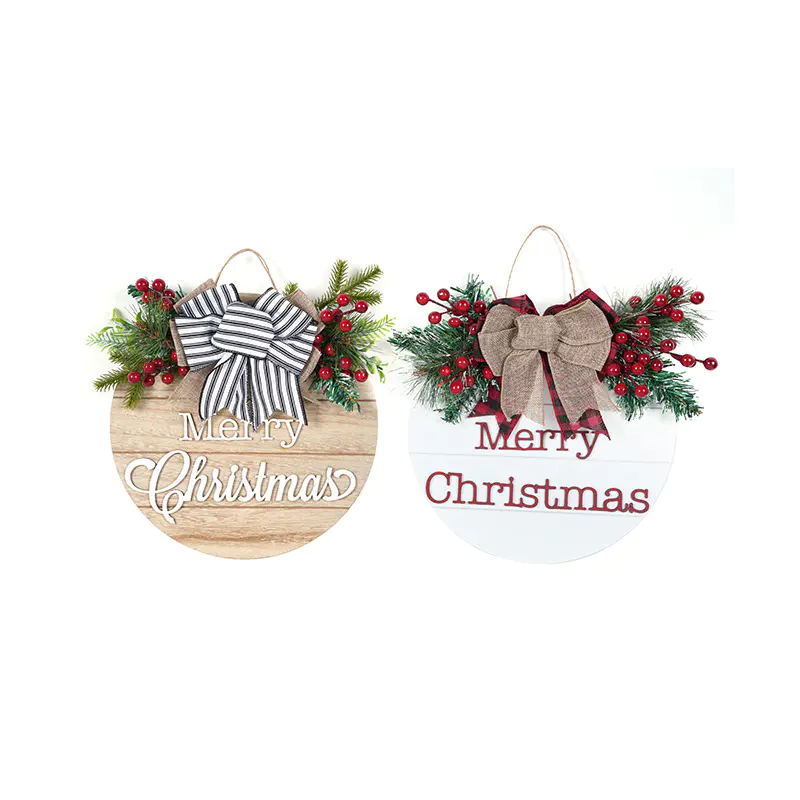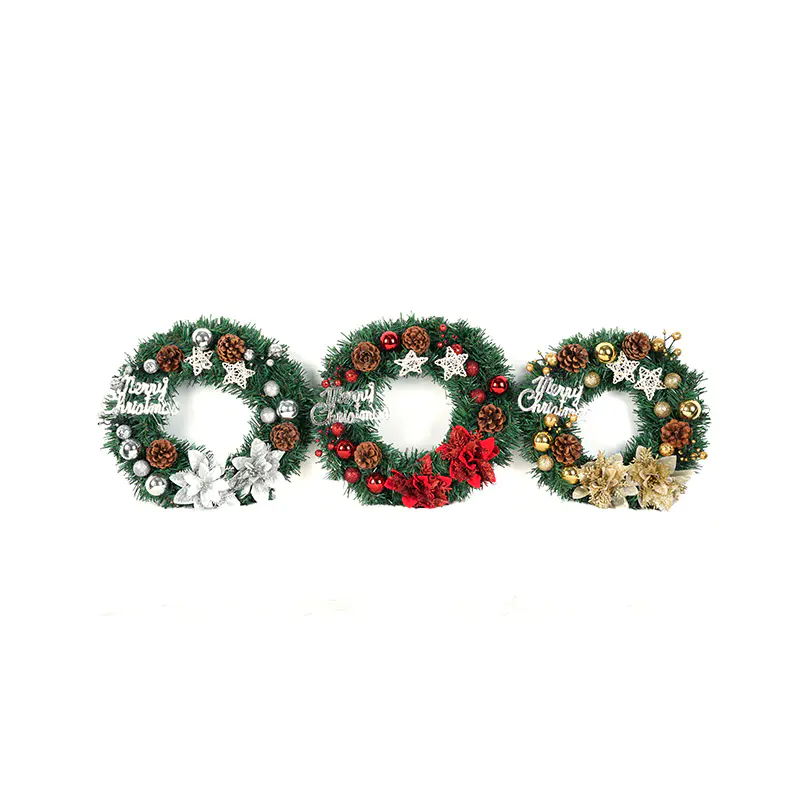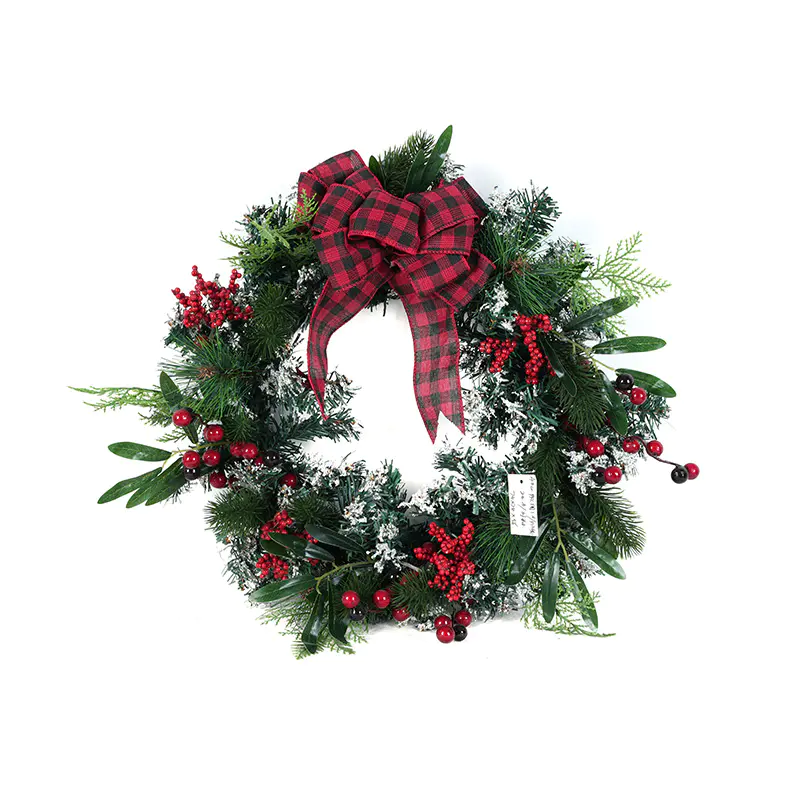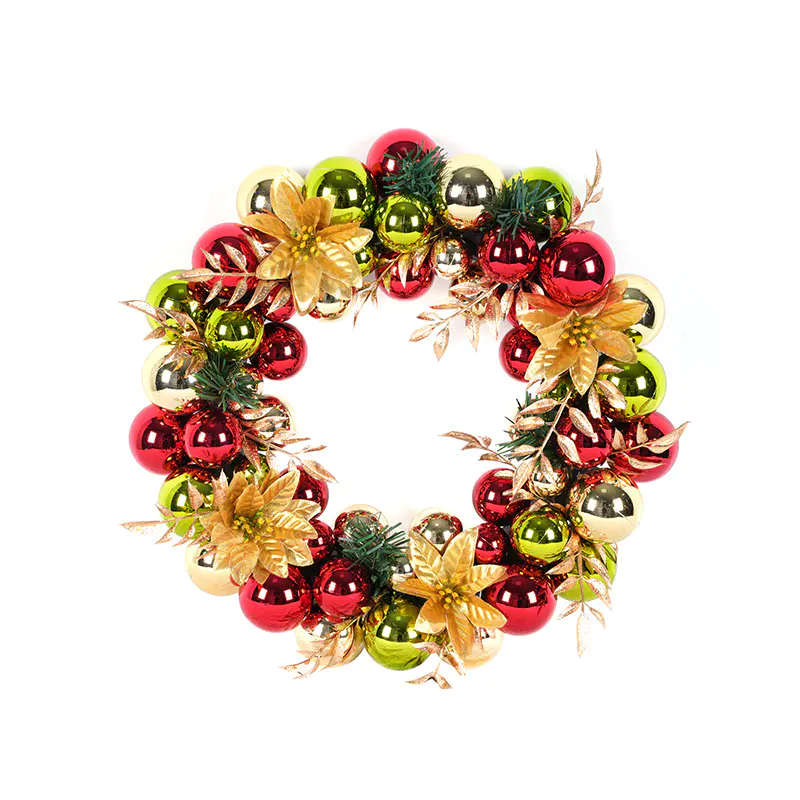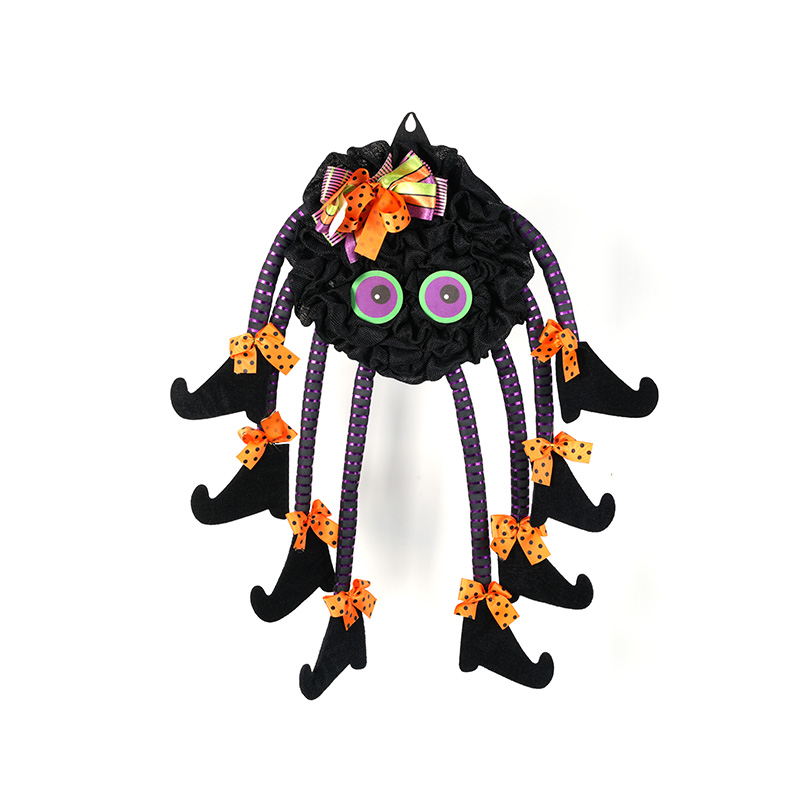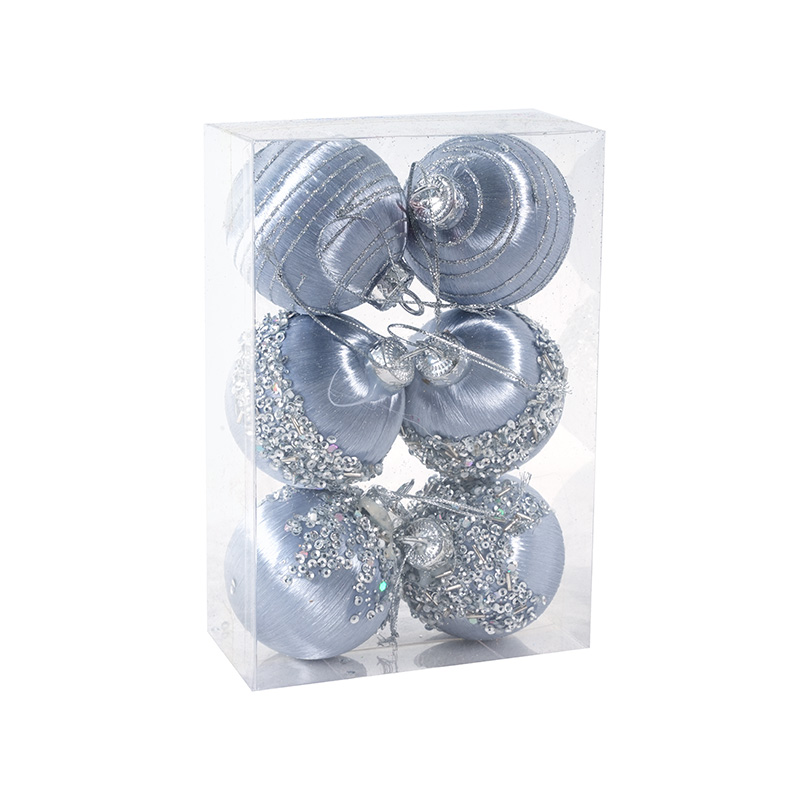
The Fragile Nature of Velvet Ornaments
Among festive decorations, Velvet Christmas Balls are especially valued for their rich texture and elegant appearance. However, their delicate velvet surface is prone to scratches, scuffs, and unwanted marks if handled improperly during shipment. The softness of the material means that even mild friction with rough surfaces, or contact with harder ornaments, may leave lasting damage. As a result, ensuring that these decorations reach their destination in pristine condition requires careful planning, material selection, and packaging strategies. The question of how to avoid abrasion during transport is central to maintaining their quality and appeal.

Choosing the Right Packaging Materials
The one step in protecting velvet ornaments is selecting suitable cushioning and wrapping materials. Traditional bubble wrap may offer impact resistance, but the rough texture can leave imprints on the velvet. Instead, soft tissue paper, non-abrasive fabric pouches, or velvet-safe foam inserts are better suited for wrapping each ornament individually. Acid-free materials are recommended, as they prevent chemical reactions that might dull the fabric’s luster over time. Additionally, dividing boxes into separate compartments ensures that the ornaments do not come into contact with each other, further reducing the risk of friction.
Layered Wrapping for Extra Protection
In many cases, using multiple layers of protective wrapping enhances security. For example, an inner layer of soft tissue paper can directly protect the velvet surface, while a secondary layer of lightweight foam provides additional cushioning against shocks. This dual-layer system ensures that the ornaments are shielded not only from abrasion but also from vibrations and impacts commonly encountered during shipping. Ensuring that the wrapping materials are neither too tight nor too loose is equally important, since compression can flatten the velvet fibers, while loose wrapping can allow movement that increases the chance of scratches.
Secure Box Design and Handling
The design of the shipping box plays an equally critical role. Reinforced cardboard with corrugated walls offers durability, while inserts or dividers made of foam or molded pulp can secure each ornament in place. The box should be appropriately sized, with minimal space, to prevent shifting during transit. For added safety, labels such as “Fragile” or “Handle with Care” remind handlers of the sensitivity of the contents. Furthermore, double-boxing—placing the primary ornament box within a larger protective carton filled with cushioning material—provides an additional safeguard against accidental drops or rough handling.
Storage and Climate Considerations During Transport
Besides physical protection, environmental conditions during transport must also be addressed. Velvet surfaces can attract dust and moisture, which may dull their appearance or even cause mold growth. Ensuring a clean, dry environment with stable temperatures is crucial. Using desiccant packets inside the box helps absorb excess humidity, while sealed plastic liners can protect against external contaminants. For long-distance or international shipments, climate-controlled storage and transportation provide an additional layer of protection, maintaining the ornaments’ pristine look until they arrive at their destination.
Ensuring that velvet ornaments arrive without scratches or blemishes requires a thoughtful combination of soft wrapping, secure compartmentalization, sturdy box design, and environmental control. Each step, from the choice of materials to the final stages of handling, plays a part in preserving their elegance. While shipping challenges can never be eliminated, a carefully executed protective strategy reduces risks and maintains the decorative charm that makes velvet ornaments such a timeless choice for holiday celebrations.


